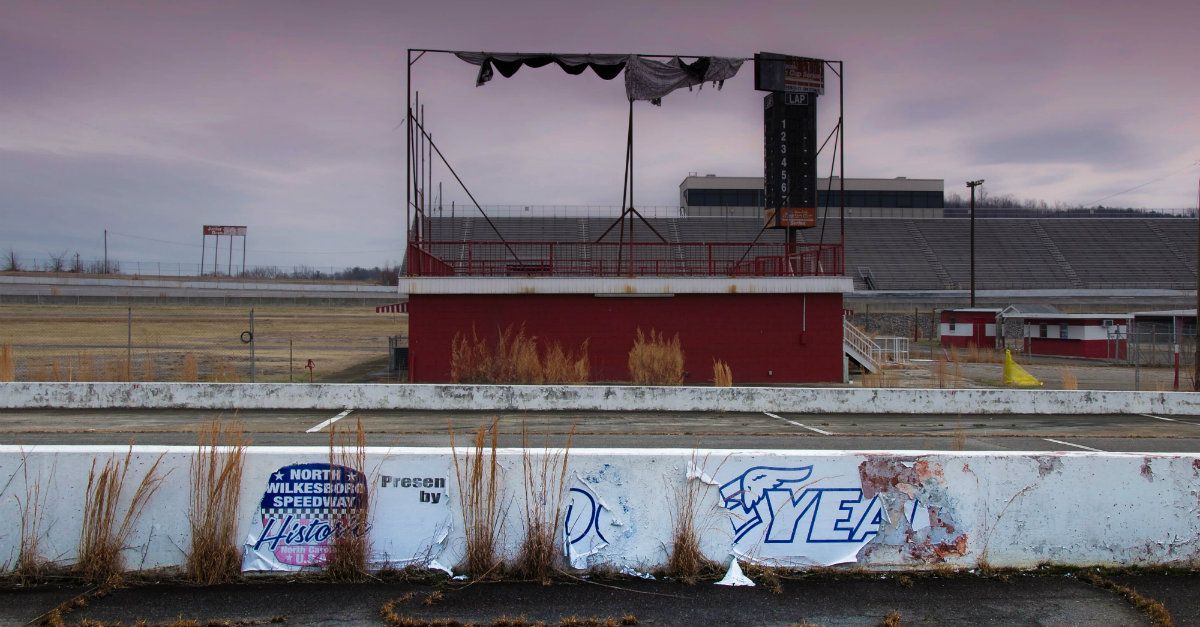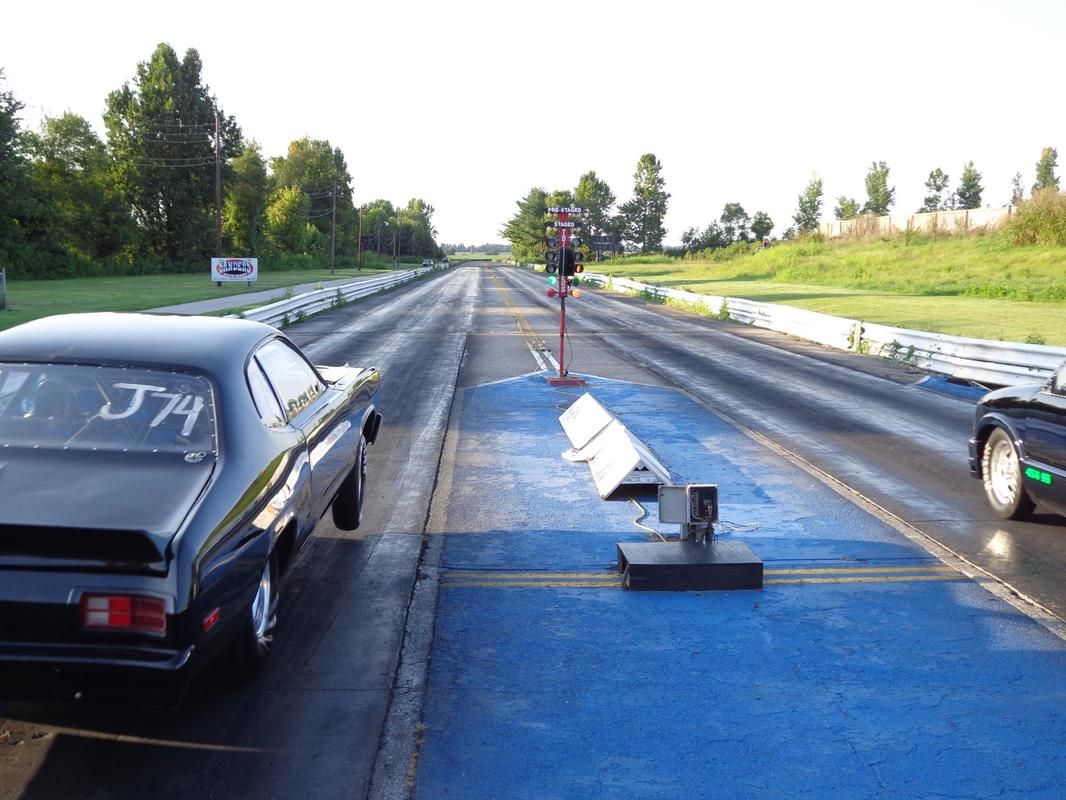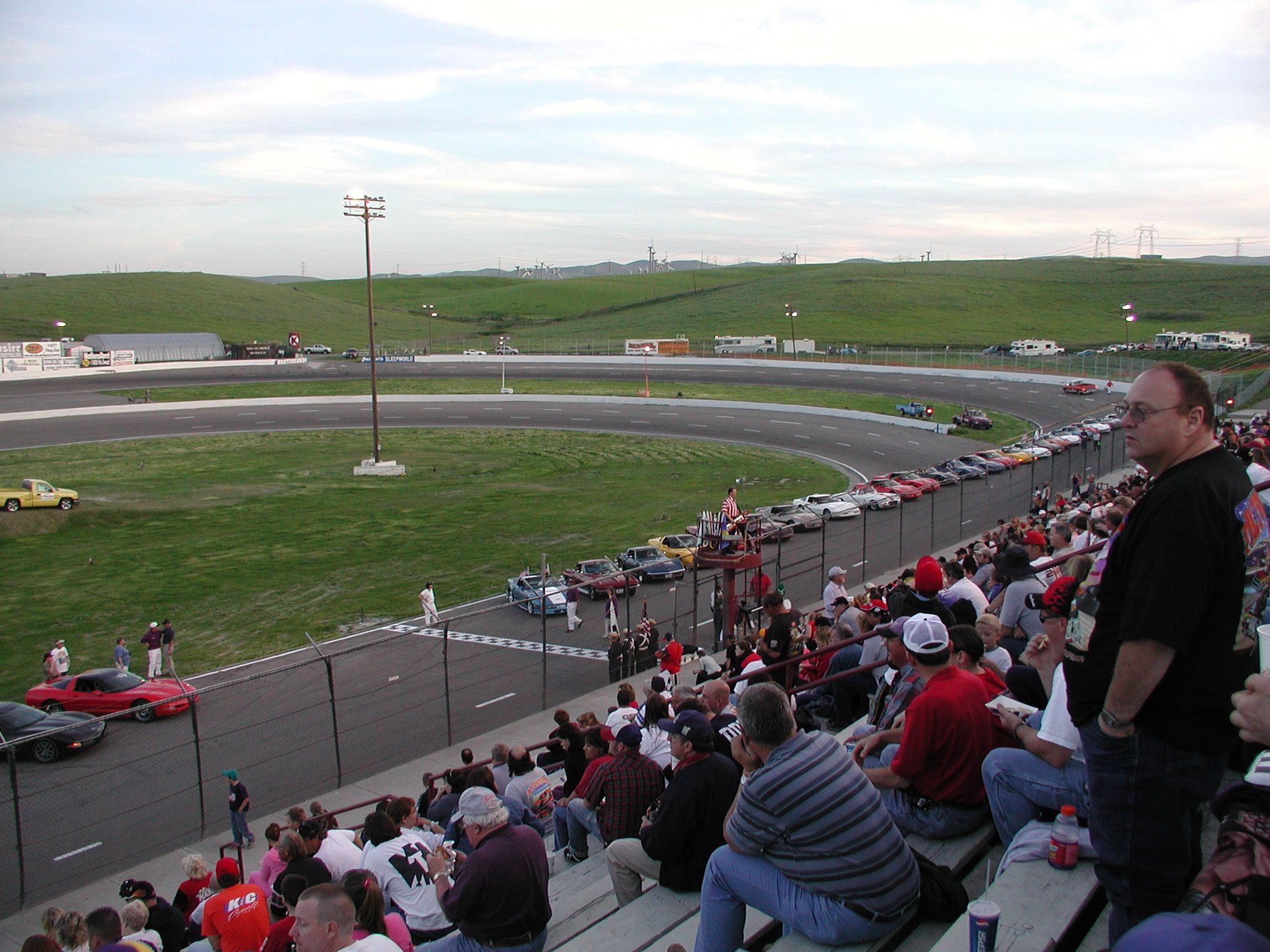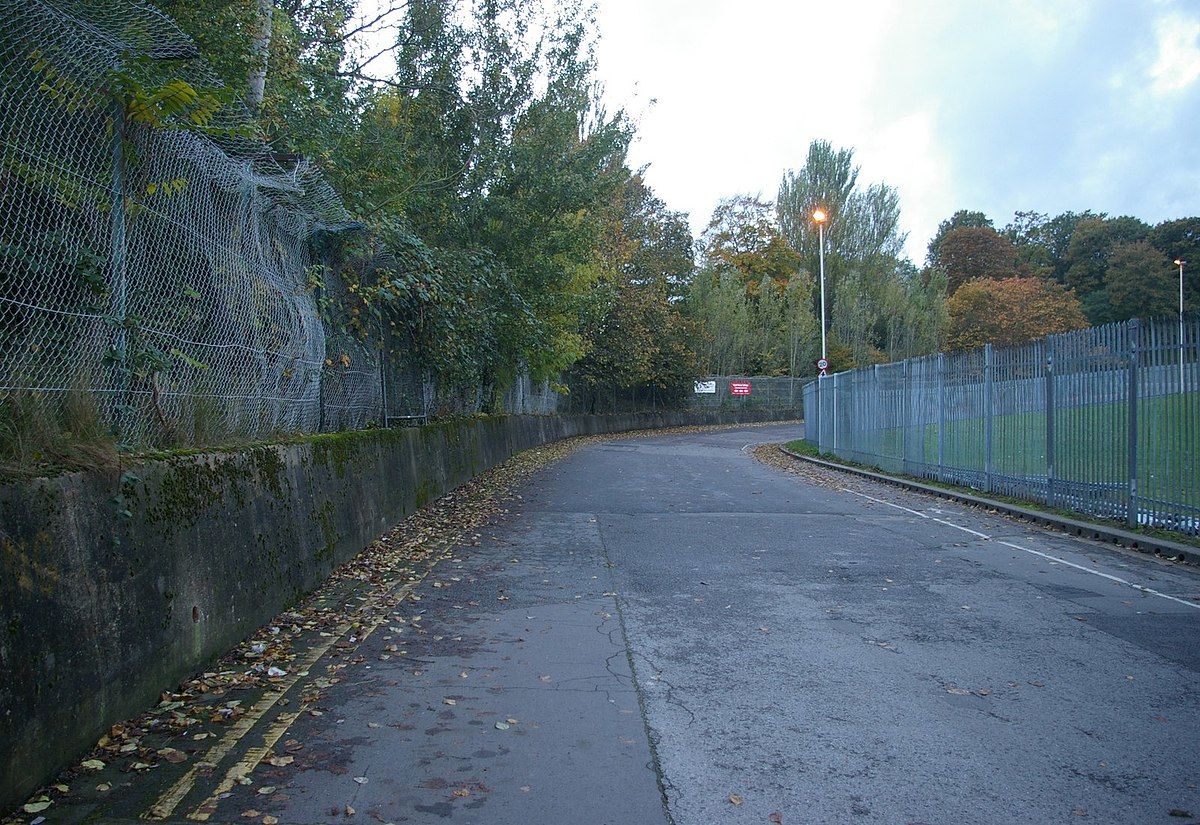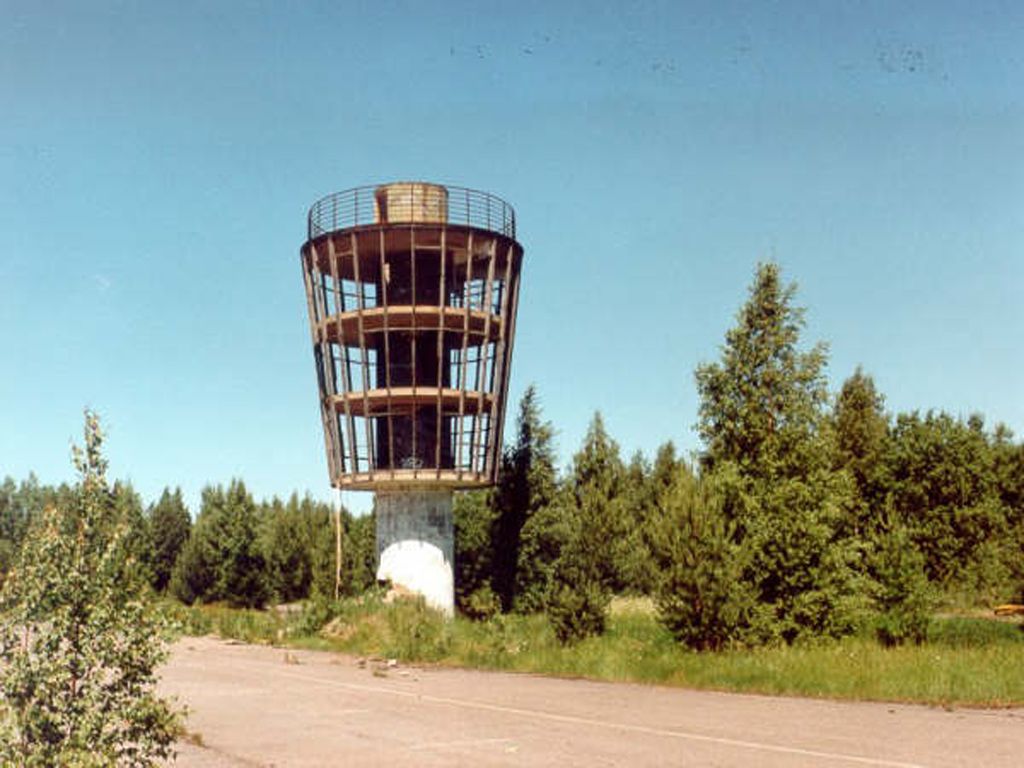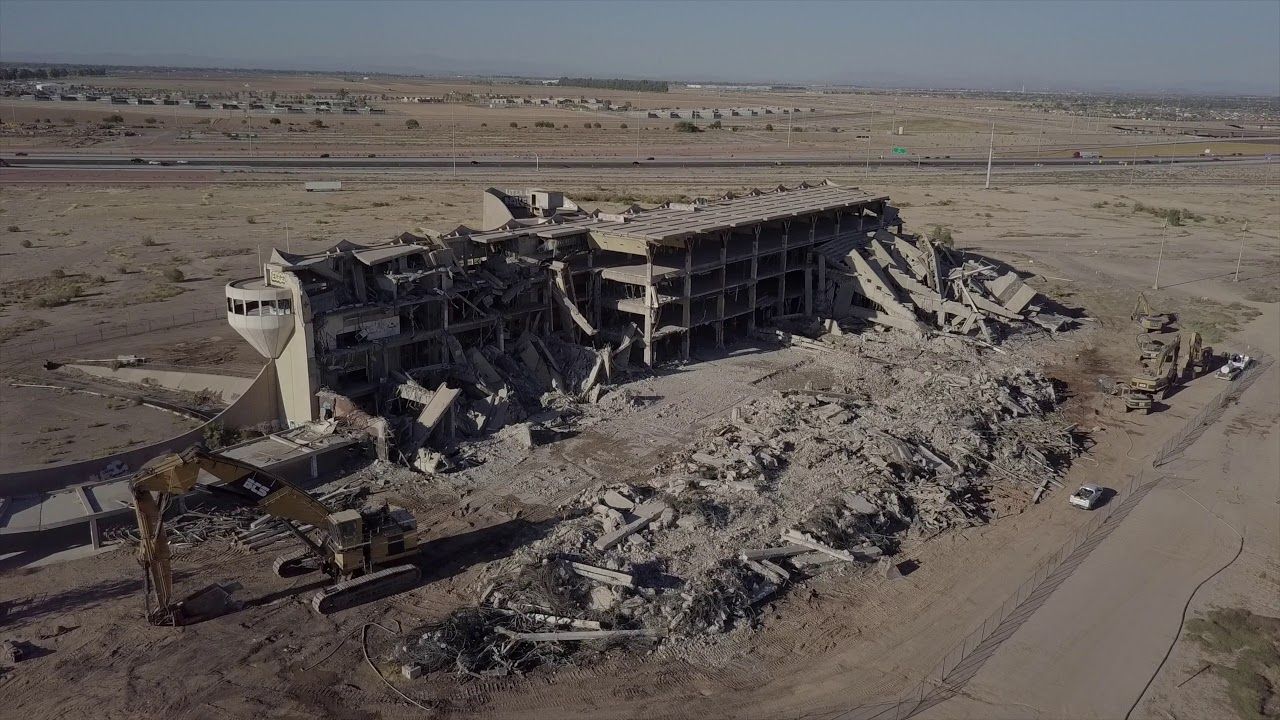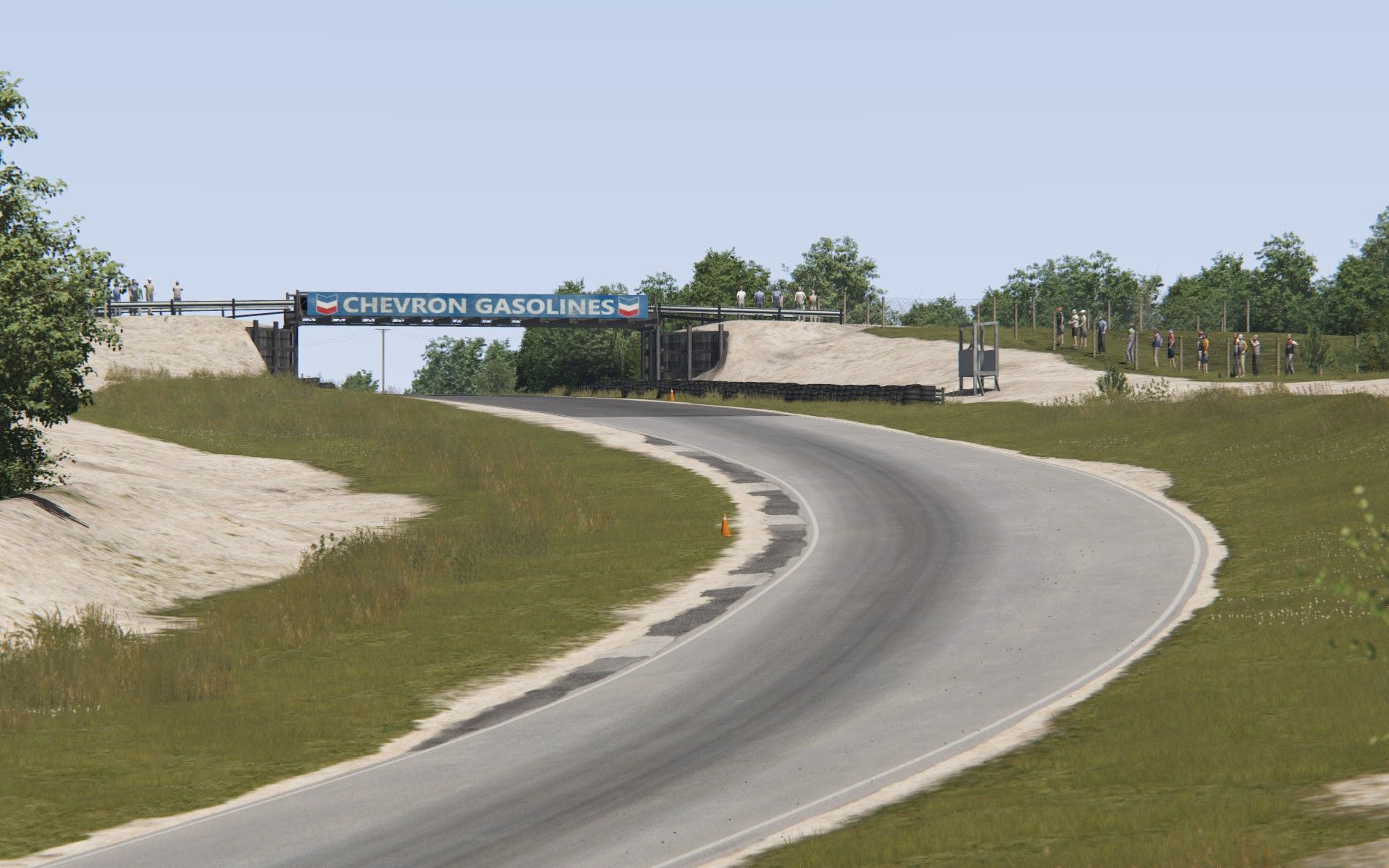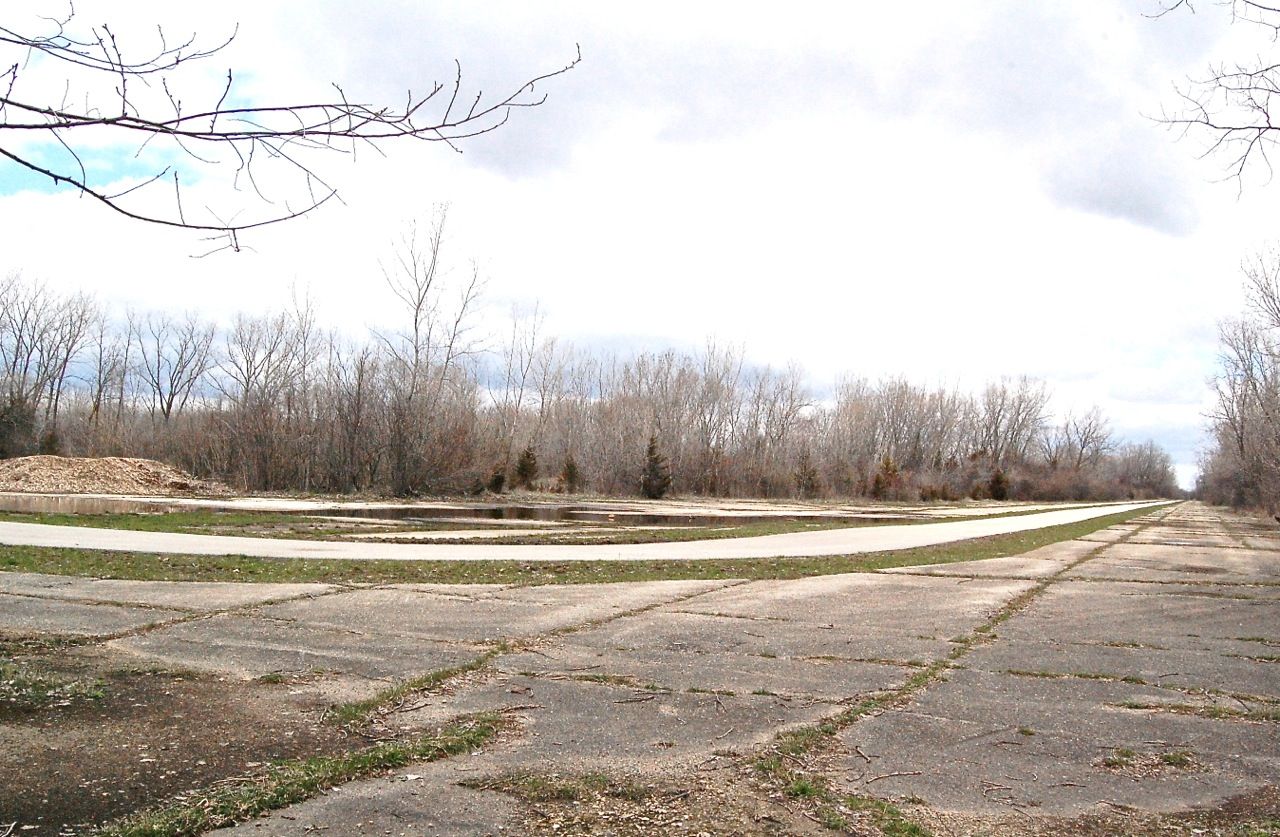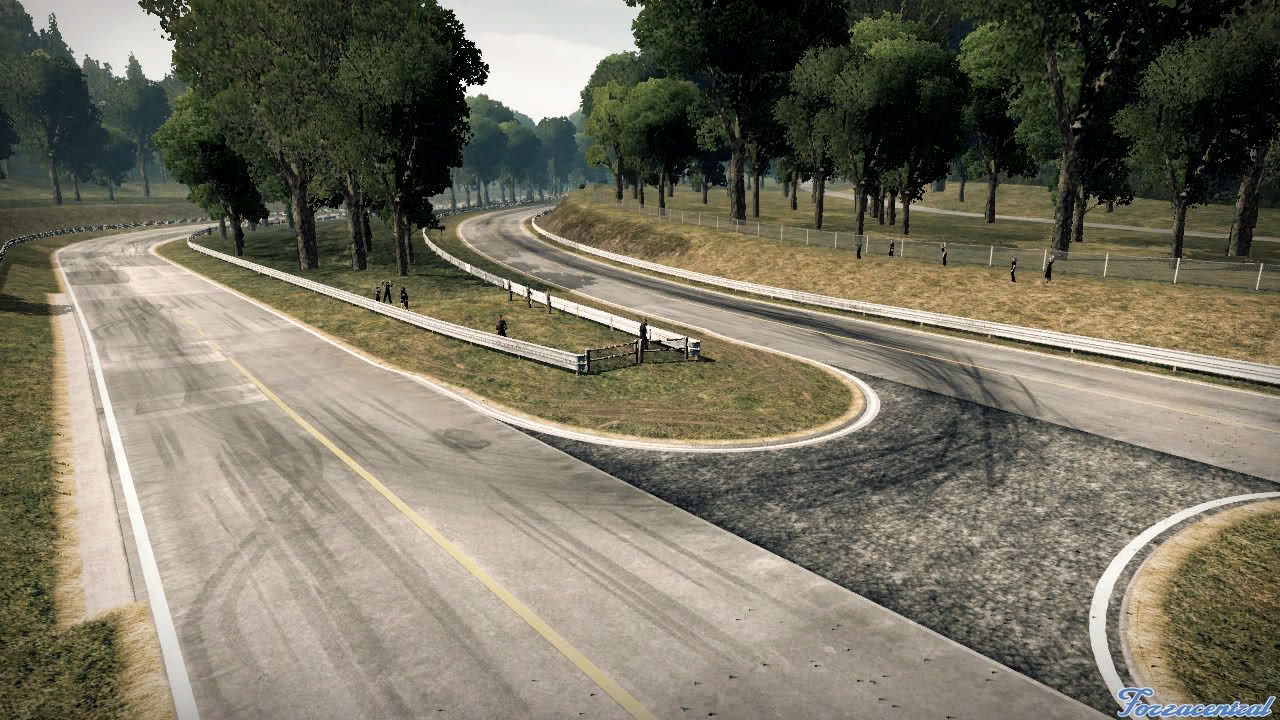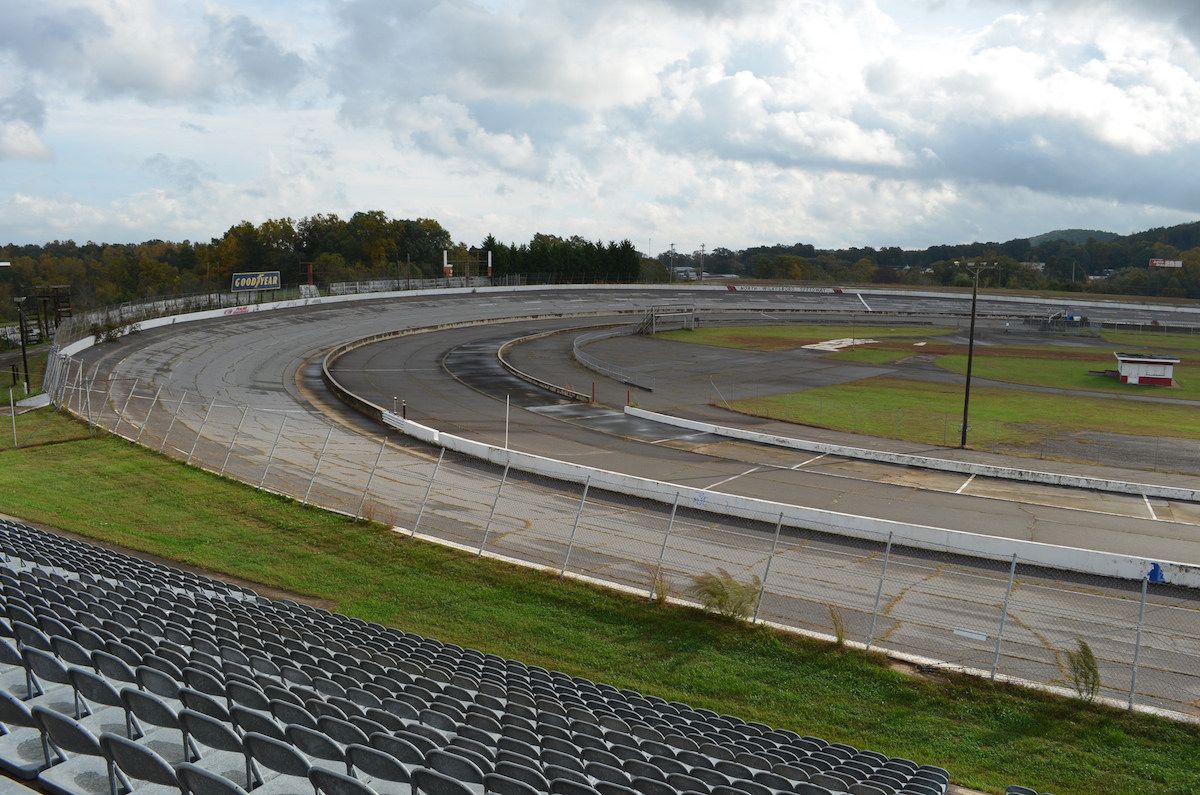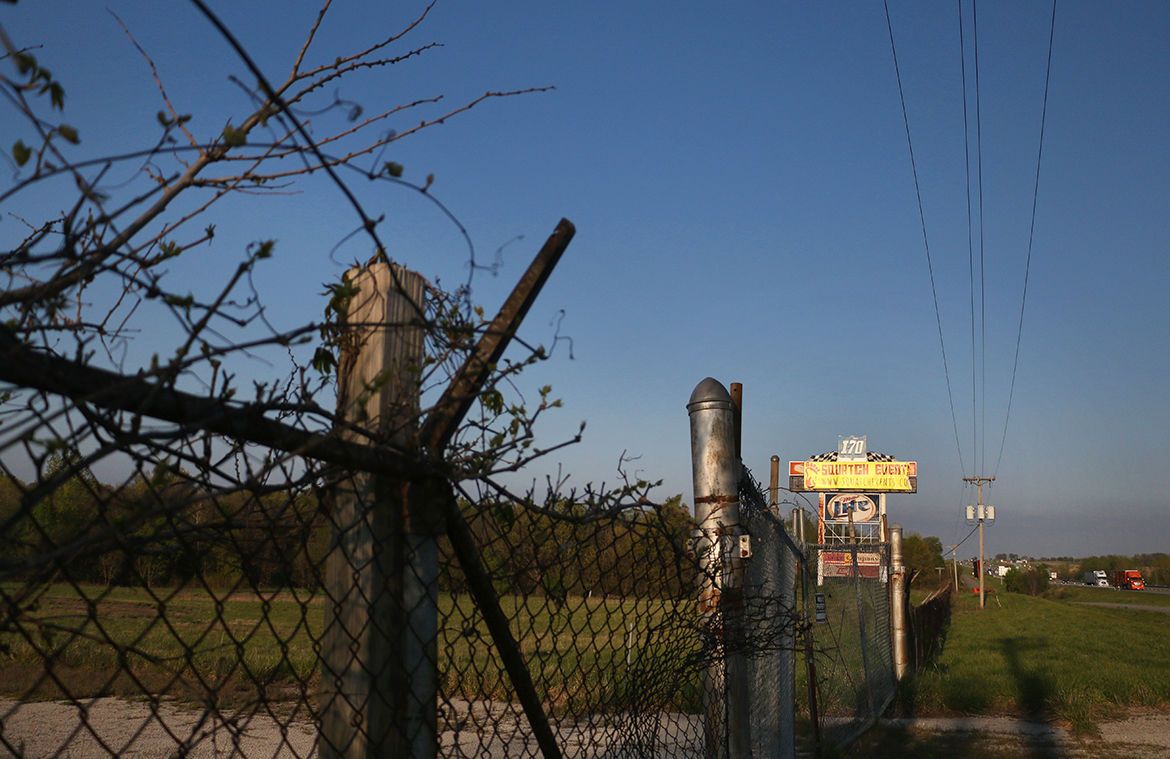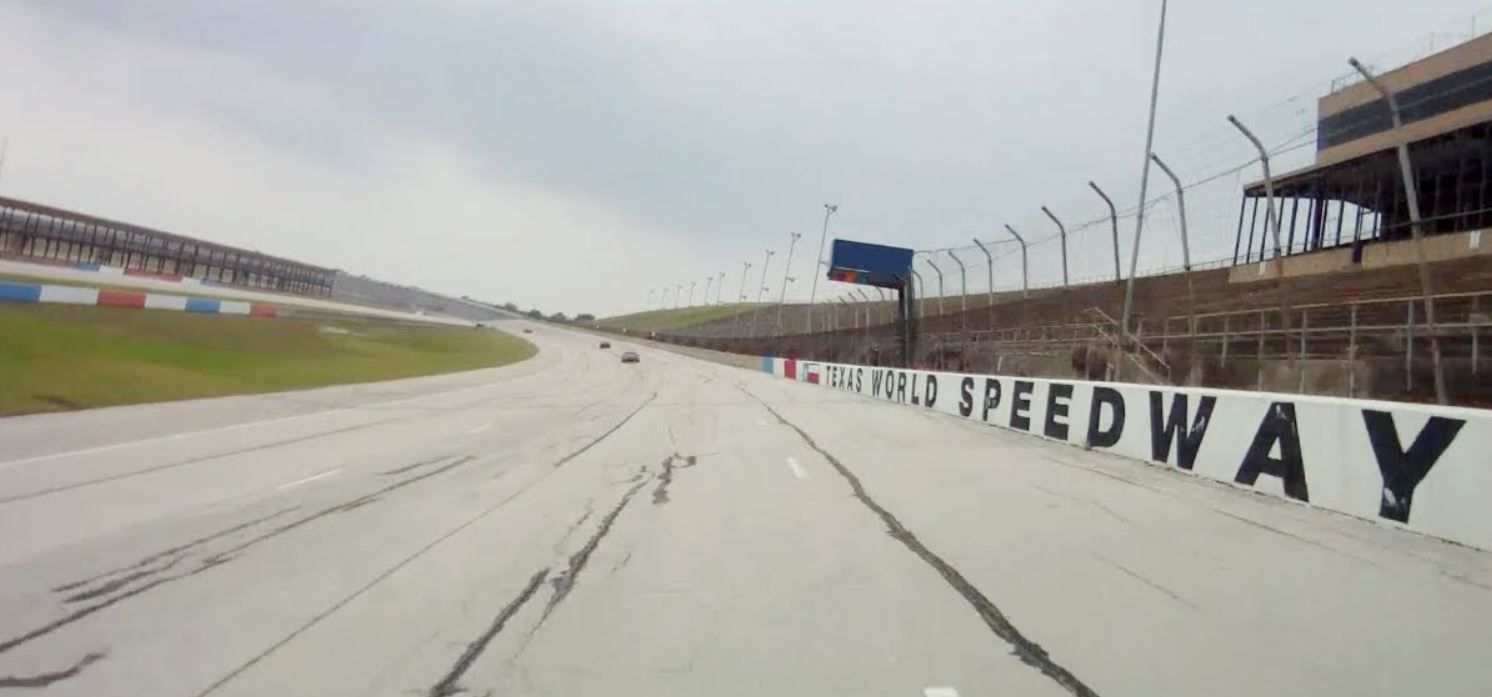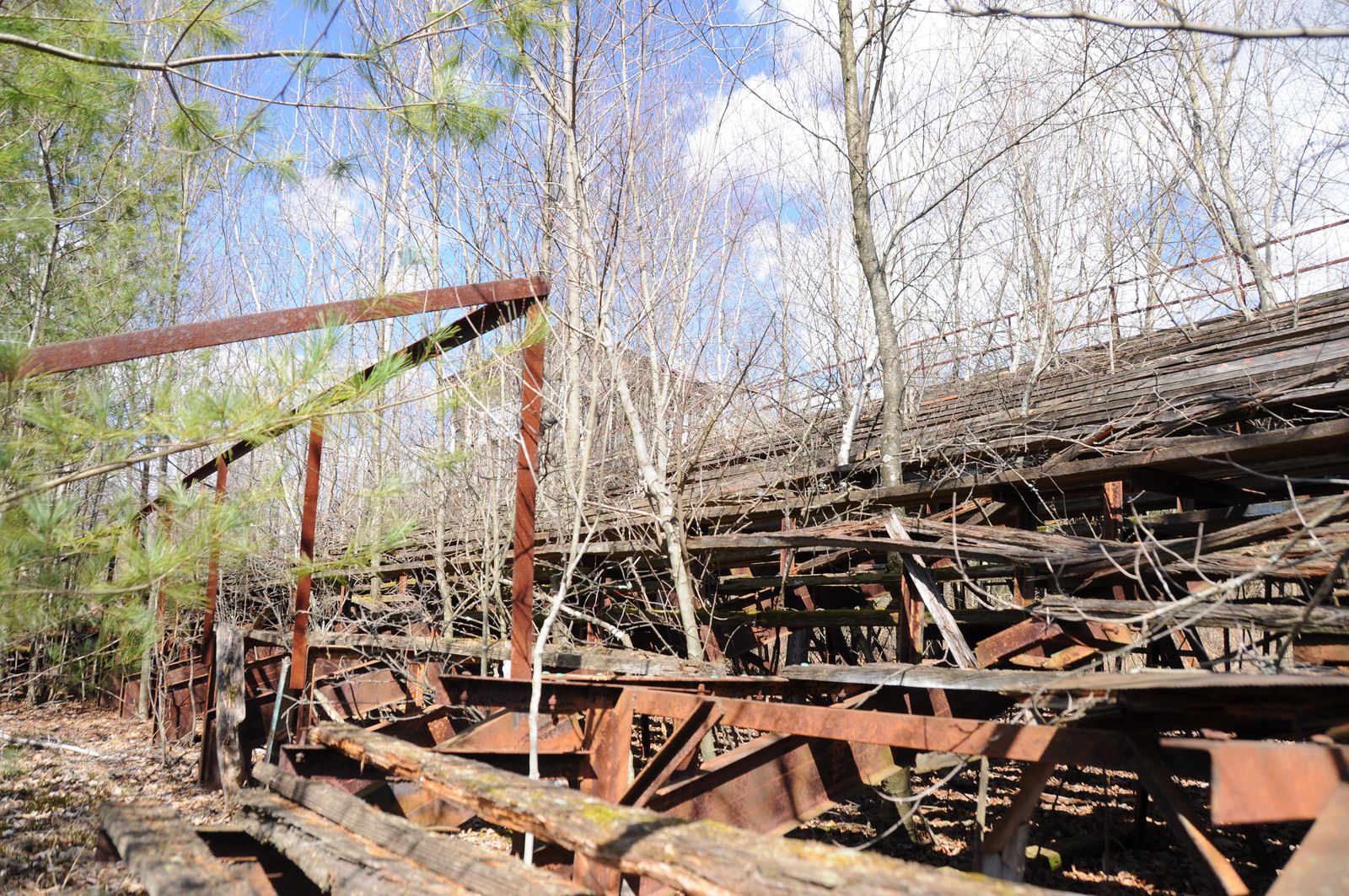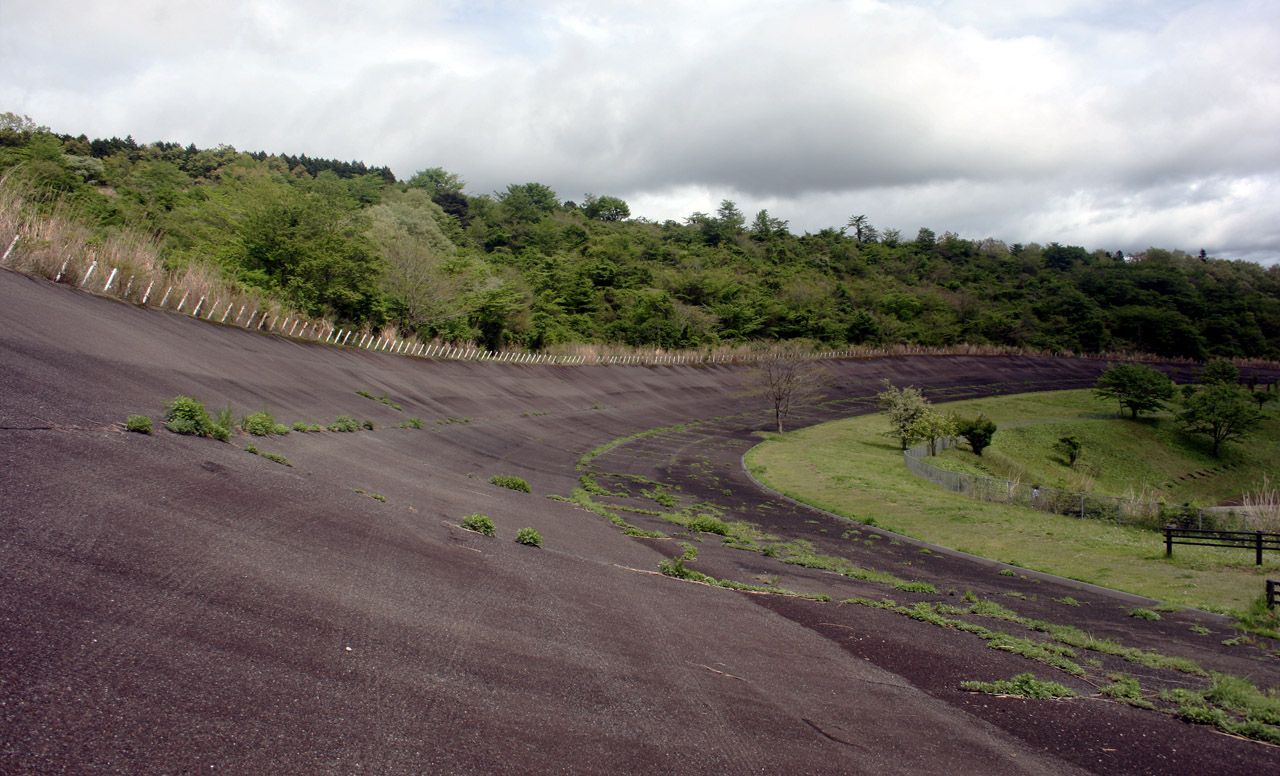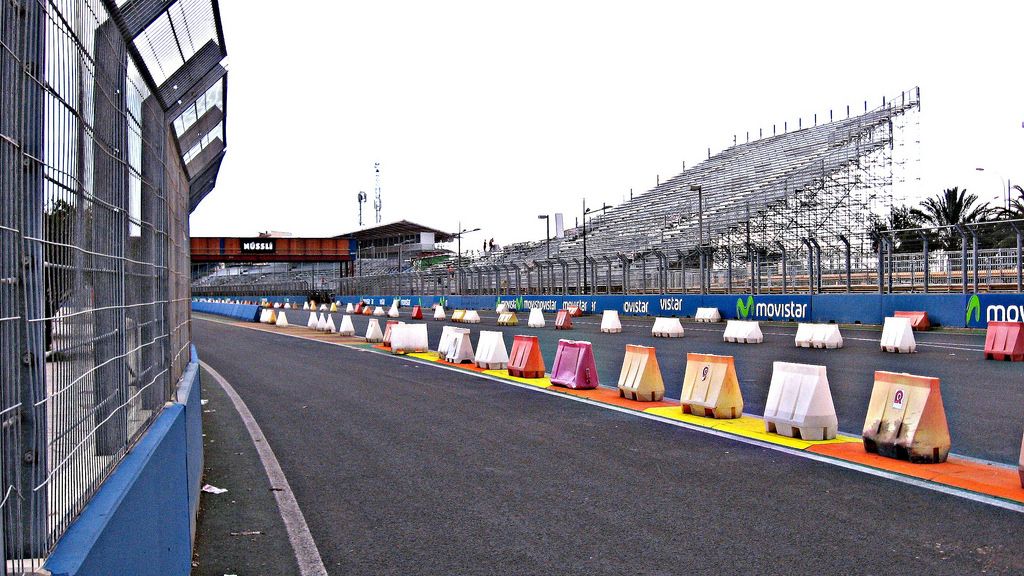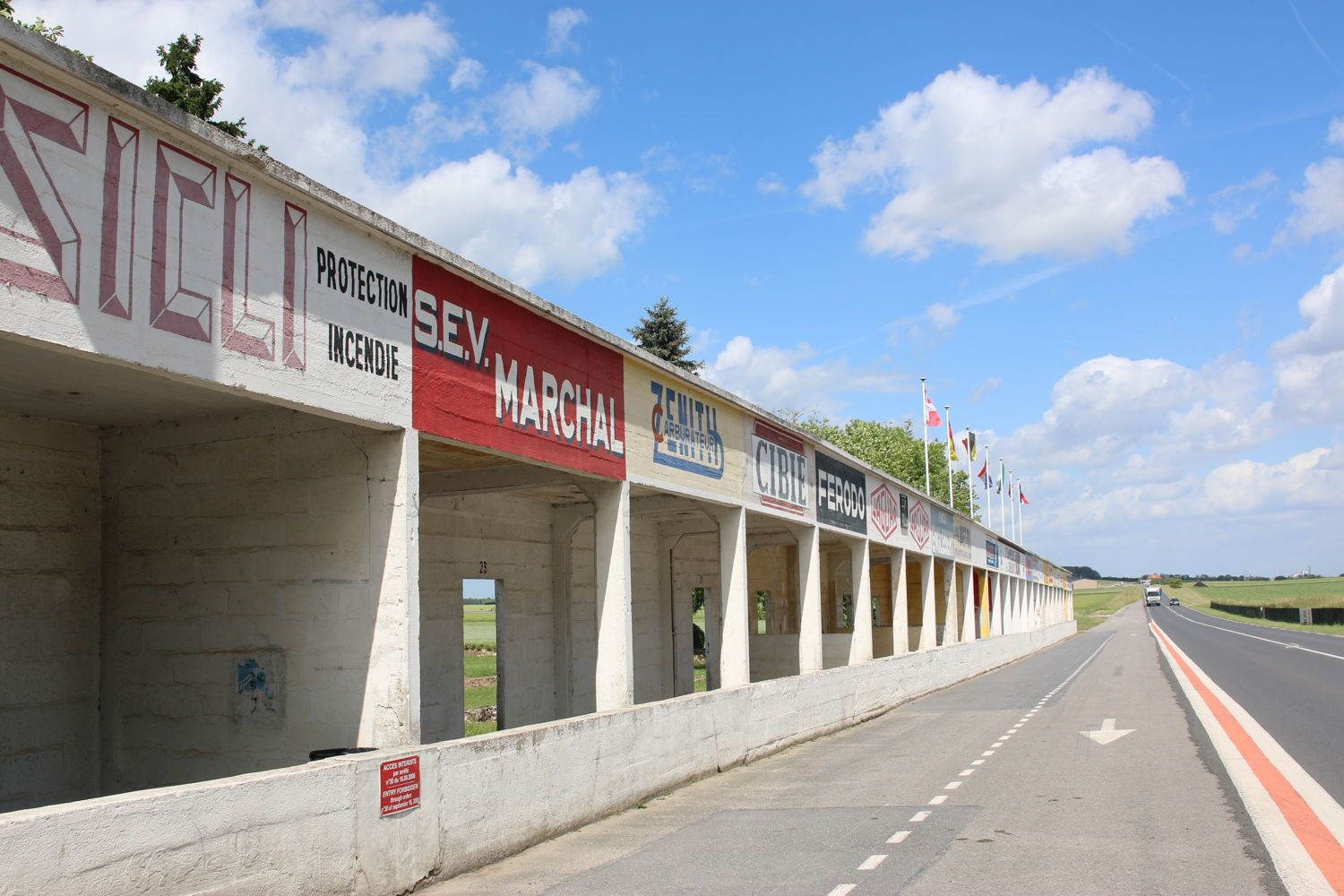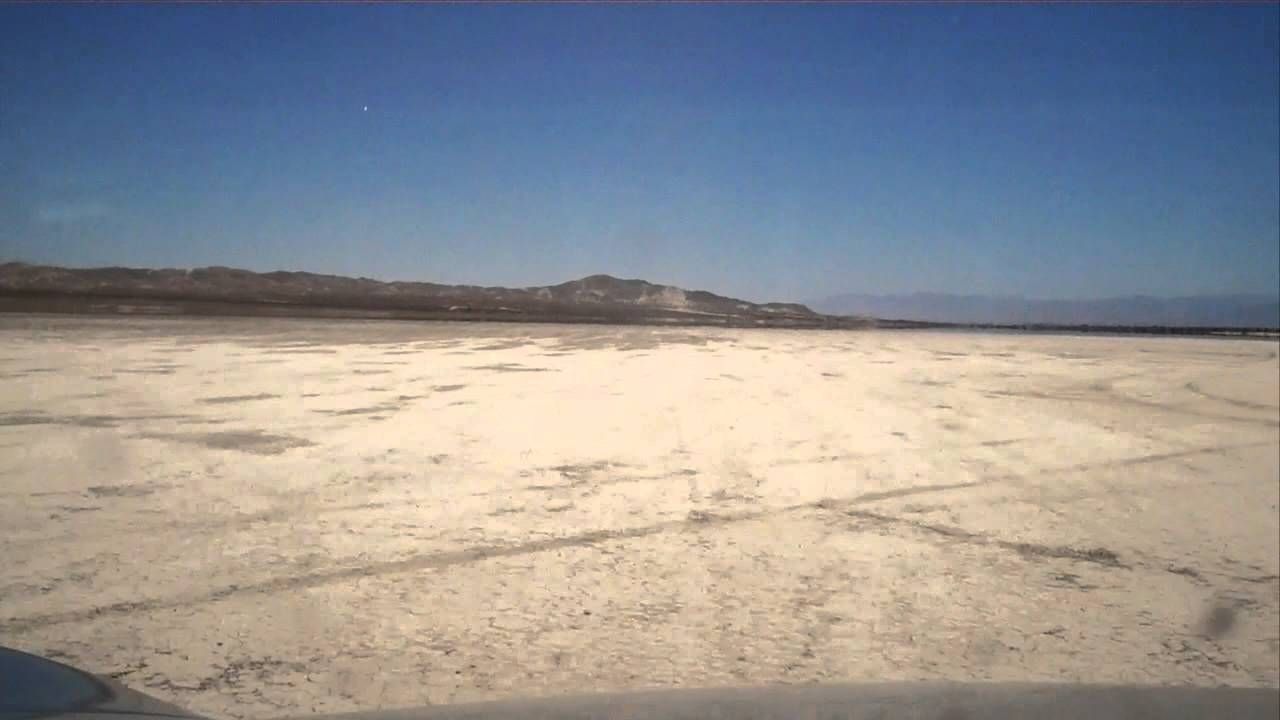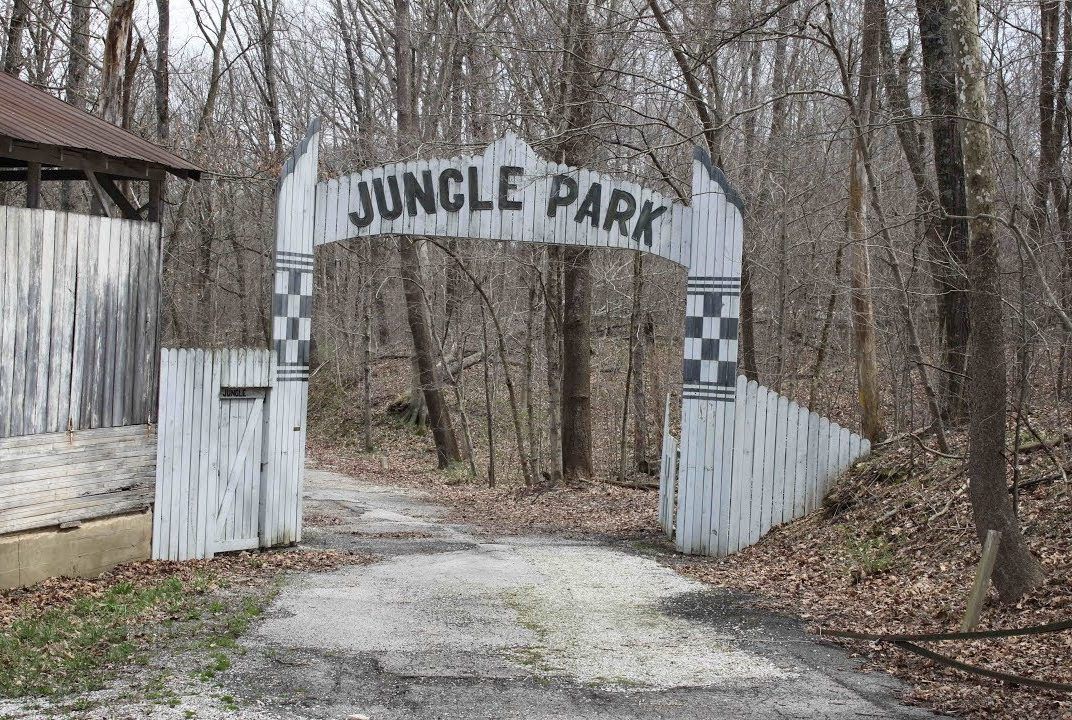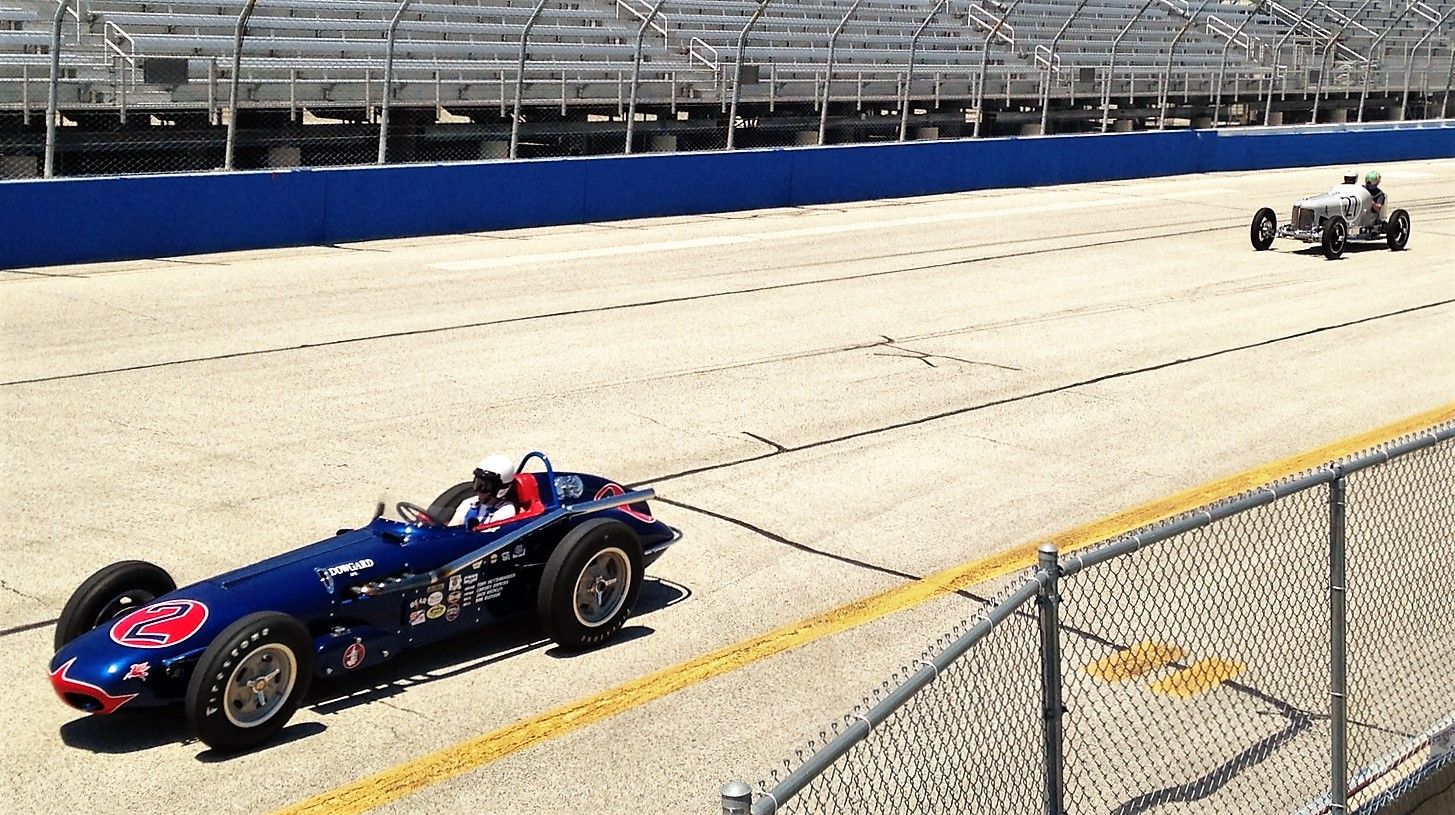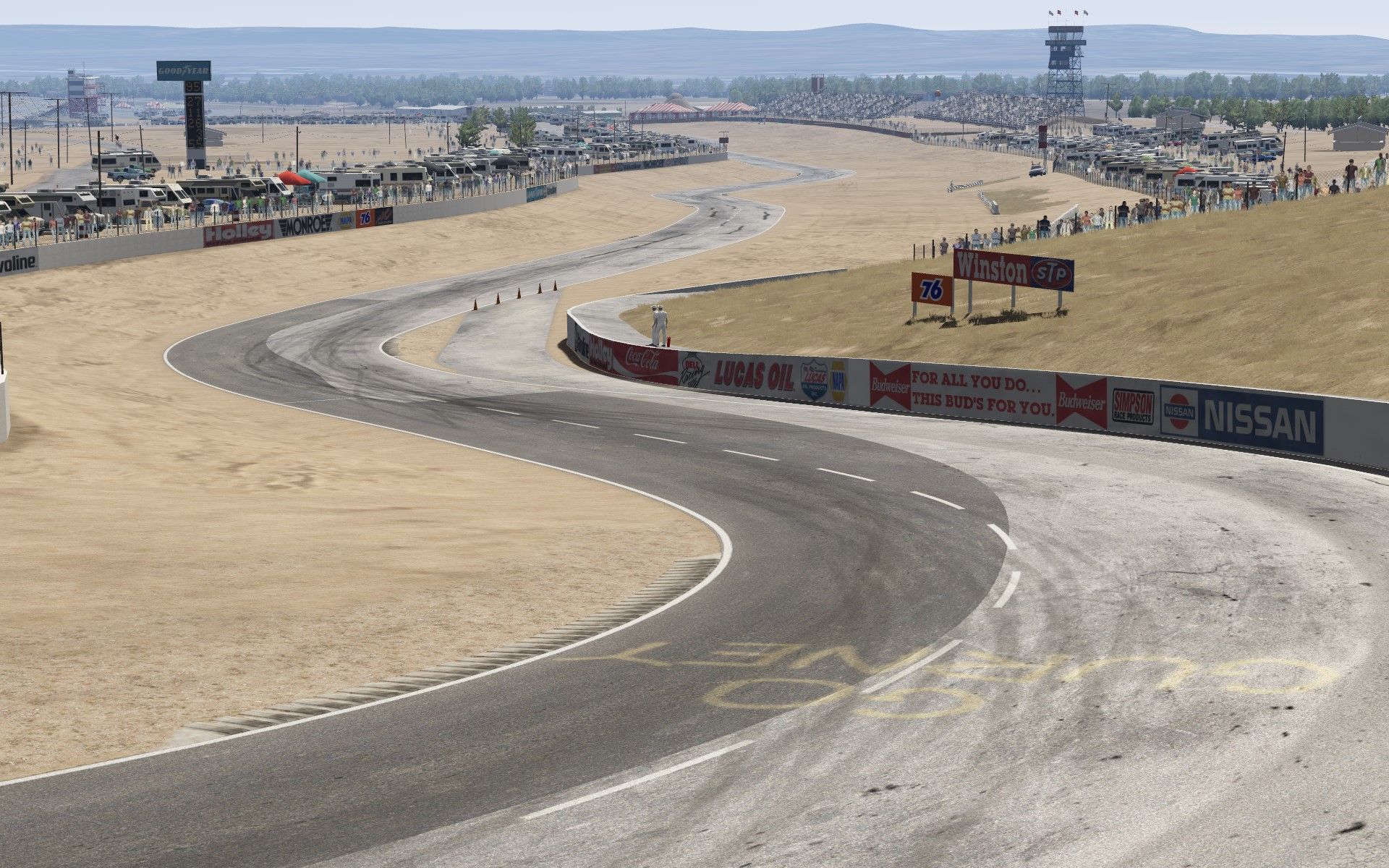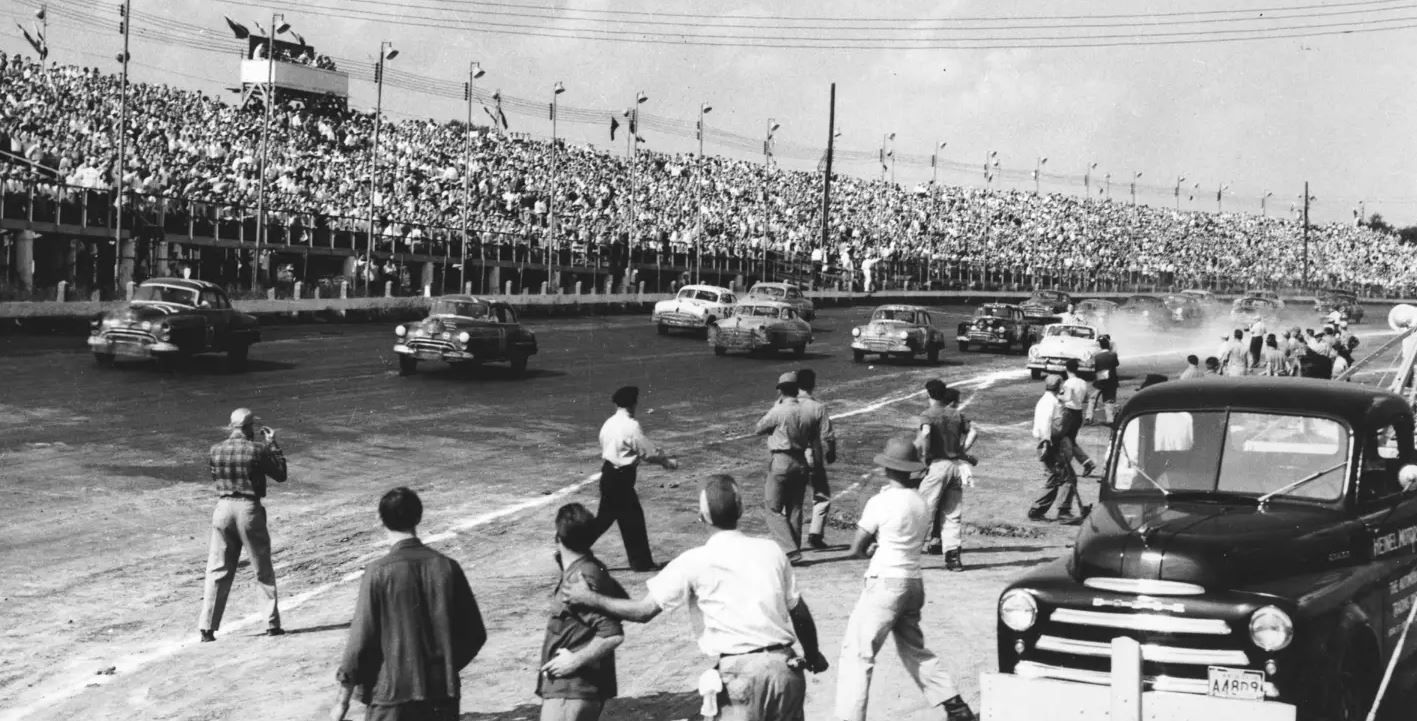If you think about it, race tracks are what separates professional racing from other unofficial racing events. Tracks are where you can make a name for yourself in motorsport. This is the venue where both fans and prospective sponsors take notice. This is the place where careers are made, and worldwide recognition is earned.
Over the years, several individuals and companies have been hard at work designing and developing race tracks that will excite the drivers and lure in the big crowds. Today, some of the most popular active race tracks in the world include the Autodromo Nazionale Monza, Circuit of The Americas, Spa-Francorchamps, Circuit de la Sarthe, and the Suzuka International Racing Course.
As you might expect, the tracks that manage to attract the biggest names in motorsport tend to get the most attention. After all, fans would never miss the opportunity to see their favorite drivers race victoriously towards the checkered flag.
Unfortunately, over the years, there are also some race tracks that have been forgotten. At one point, they were buzzing and full of high-octane energy and they drew massive crowds and saw fast cars careening around their tracks. Today, they are simply empty and abandoned. A lot of these were closed down due to serious financial troubles.
On the other hand, there are also those former race tracks that ended up developing a grim reputation. A look back at their history reveals a dark past filled by moments of chaos, panic, and tragedy. Some racetracks were indeed unforgiving to the point of causing lives to be lost. Some of these forgotten tracks could use some saving while others are better off abandoned.
20 Needs Saving: Windy Hollow Drag Strip
The Windy Hollow Drag Strip opened back in 1971. Located near Owensboro, Kentucky, the track ran for 1/8 mile. Moreover, it shared its site with the Windy Hollow Speedway, which is a 3/8 mile dirt oval.
According to the website Drag Strip List, the first race on this drag strip ran during the same year. Here, Norman Hall managed to claim top time and top eliminator onboard his 1957 Corvette. After that first race, more races and crowds came to the track. As the Windy Hollow Drag Strip experienced growth, the track’s builder, Hal Miller, came under the pressure from the government. Eventually, he reportedly decided to abandon the drag strip and move it to another dirt track.
19 Needs Saving: Altamont Raceway Park
Altamont Raceway Park is a race track located in Tracy, California. Opened back on July 22, 1966, it had operated under several names including Altamont Motorsports Park and Altamont Raceway Park and Arena. What’s unique about this track is that it offered various track configurations. These include a ¼ mile oval, a ½ mile oval, and a 1.1-mile road course. According to a report from Revolvy, the race track ended up closing back in October 2008. Today, it doesn’t seem that there is much hope for Altamont Raceway Park. Back in 2009, former track promoter Kenny Shepherd had told SF Gate, “It's the curse of Altamont.” Meanwhile, NASCAR senior consultant Ken Clapp remarked, “I don't think anyone can make this place work. It’s always been a nightmare.”
18 Needs Saving: Crystal Palace Race Track
The Crystal Palace race track is arguably the oldest racing circuit in the world. In fact, according to a report from Speed Hunters, ad hoc motoring events were first held here way back in 1899. However, it wasn’t until 1927 when a permanent race circuit was constructed in the area. During its glory days, the Crystal Palace race track lured a lot of big names in motorsports. These included the likes of James Hunt, Graham Hill, Stirling Moss, Jackie Ickx, Jim Clark, Bernard Charles Ecclestone, and Jochen Rindt. It’s no wonder that crowds numbering up to 70,000 would make their way here to watch a host of exciting car races. Unfortunately, today the Crystal Palace is pretty much forgotten.
17 Needs Saving: Keimola Motor Stadium
The Keimola Motor Stadium was once a race track with great hopes for the future. The stadium was founded by a Finnish racing driver by the name of Curt Lincoln after the Eläintarha track closed in 1963. Located in Vantaa, Finland, the Keimola Motor Stadium officially opened on June 12, 1966. The track spanned 3.3 kilometers long. It also had a one kilometer home straight and featured eight turns. Soon, the track managed to attract several top names in motorsports, according to a report from Dyler. Moreover, the track also played host to several racing events such as Formula Two and Formula Vee. Unfortunately, the maintenance costs proved to be too much for the operators. The track was eventually closed in 1978.
16 Needs Saving: Phoenix Trotting Park
The Phoenix Trotting Park was built back in 1964 and was originally intended to be a horse racing track. At that time, a financier by the name of James Dannigan had only hoped to spend $3 million on constructing the whole place. However, his final bill ended up reaching around $10 million. Just a year later, the track was opened to the public.
Any hope Dannigan had of recouping his investment quickly was soon dashed away, though.
After a rather successful debut, the crowds began to thin out. In fact, according to a report from Dyler, the track was only able to attract around 3,000 spectators during race weekend. Because of this, the track was closed just a year later. In 2015, there was talk of reviving the Phoenix Trotting Park as it was put on sale for $16.5 million. However, it doesn’t seem to have attracted any interest and the structure was demolished in 2017.
15 Needs Saving: Bridgehampton Race Circuit
At one point in history, the Bridgehampton Race Circuit was the talk of the town. In fact, it even had a nickname, “The Bridge.” The Bridge was particularly popular in the world of motorsports during the 1950s and 60s. According to Bridgehampton Racing Heritage Group, people “loved and feared the place” and British race car driver Stirling Moss had referred to it as the “most challenging course in America.” Moreover, the group said that the track “embarrassed world-class drivers during the heyday of the Can-Am, Trans-Am and international sports car races.” Today, the Bridgehampton Race Circuit is now mostly a golf course. Only key parts of the track were preserved.
14 Needs Saving: Meadowdale International Raceway
The Meadowdale International Raceway is another old race track that once saw a lot of racing action. Opened back in 1958, the track featured a 3.27-mile track that made for one exhilarating drive. In fact, this track managed to attract several top racing names such as Al Unser, Bobby Unser, Augie Past, Curtis Turner, Parnelli Jones, Tony DeLorenzo, Paul Goldsmith, George Follmer, Gary Nixon, Peter Revson, Lance Reventlow, Roger Penske, Carl Haas, Harry Heuer, Augie Pabst, and many more. According to the Meadowdale International Raceways Preservation Association (MIRPA), the track also managed to attract Fred Lorenzen, the first NASCAR driver to ever win $100,000 in a single year. Today, MIRPA is doing its best to bring this track back to life. Although it is yet to become a major racing venue again, it recently played host to a classic car show, according to a report from the Chicago Tribune.
13 Needs Saving: Rouen-les-Essarts
Back in the day, Rouen-les-Essarts was among one of the most spectacular racing circuits in Europe. Located in Grand-Couronne, Normandy, France, the circuit was opened by the organization AC de Normand back in 1950. Just two years later, the place was “modernized” with a grandstand and new pits. Moreover, according to Motor Sport Magazine, the track was also made wider. The Rouen-les-Essarts featured a cobbled Nouveau Monde hairpin that required a “sharp descent.” Following this, there was a return uphill leg, which proved to be a challenge to engines. As a result, a number of accidents have occurred on this track. Moreover, it also claimed some fatalities, including Gerry Birrell, Dennis Dayan, and Jean-Luc Salomon. The circuit was closed in 1993.
12 Needs Saving: North Wilkesboro Speedway
There was a time when the North Wilkesboro Speedway was quite prominent in the NASCAR scene. In fact, after it was built in 1946, this track had played hosts to several NASCAR races until 1966.
Yet now, some years later, it is practically an abandoned track with no action in sight.
Today, there is a campaign to restore the North Wilkesboro Speedway back to its former glory. However, according to a report from Forbes, it will be a challenge since a lot of work needs to be done. Nonetheless, the group Save the Speedway is hopeful. “We are always optimistic something could happen with the track,” said group spokesman Steven Wilson during the interview with Forbes.
11 Needs Saving: I-70 Speedway
Located outside Odessa, Missouri, the I-70 Speedway has not seen any motor racing action in years. Opened back in 1969, this track features a half a mile oval which helped launched the NASCAR careers of drivers such as Clint Bowyer and Rusty Wallace. Moreover, according to a report from The Drive, it also served as a venue for the NASCAR Craftsman Truck Series. Back then, the grandstands in the I-70 were usually packed. After it closed down in 2008, though, the entire place became bare and eerie. Fortunately though, there are plans to bring the track back to life. In fact, according to the National Hot Rod Association, the I-70 is scheduled to reopen in 2019.
10 Needs Saving: Texas World Speedway
The Texas World Speedway was recognized as “the sixth superspeedway built in the USA,” according to the website RacingCircuits.info. Located in College Station, Texas, the track featured oval courses and pretty good facilities. In fact, after the track was completed in 1968, it played host to the NASCAR season finale, the Texas 500.
At this point, it looked like the track was well on its way in becoming a success.
However, misfortune soon followed. During the inaugural Talladega 500, the Professional Driver Association led a boycott against the track, complaining that it had lacked grip. Nonetheless, this track became the place where various speed records were set. Eventually, however, the track was closed down. According to a report from Jalopnik, the track served as a holding ground for various flooded cars following Hurricane Harvey.
9 Needs Saving: Beach Haven Speedway
Located in Berwick, Pennsylvania, Beach Haven Speedway was built by a man named George Perluke. Opened back in 1976, this track ran half a mile and featured a lake right in the middle. During its years of operation, the track played host to several cars from Big Diamond. According to the website Speedway and Road Race History, midgets and late models also took to the track later on. Meanwhile, the Beach Haven Speedway also became the venue for several motorcycle racing events. Unfortunately, one of these resulted in a rider fatality. Today, this track sits desolate and abandoned. It is unclear if anyone is interested to revive the Beach Haven Speedway again.
8 Needs Saving: Fuji Speedway NASCAR Track
When plans were developing for the Fuji Speedway NASCAR track, there was a vision to put up a NASCAR-style oval track that would sit in the foothill of Japan’s most famous mountain. Work on the development of this track began during the early 60s.
During the construction phase, however, the developer suffered financial issues.
Nonetheless, work on the track managed to be completed. According to a report from Dyler, Japanese carmaker Mitsubishi ended up acquiring the track. Eventually, the track opened and even hosted its very first Formula 1 race back in 1976. Several decades later, in 2000, ownership of the race track was reportedly passed on to the Toyota Motor Corporation. Today, it seems the track remains pretty deserted.
7 Needs Saving: Valencia Street Circuit
You may find it hard to believe, but the Valencia Street Circuit was once a place where Formula 1 cars would race, and thousands of people would come and join the fun. Especially if you are a motorsports fan, you would know that this street circuit once played host to the European Grand Prix. It was a challenging track, one that included a lot of sharp turns. Here too, Formula 1 drivers such as Felipe Massa, Rubens Barrichello, Sebastian Vettel, and Fernando Alonso claimed victories. Today, the Valencia Street Circuit is empty and practically forgotten. As of the moment, there is no talk of having this circuit return to the Formula 1 calendar.
6 Needs Saving: Reims-Gueux Circuit
Without a doubt, the Reims-Gueux circuit in France has a quite a rich and colorful history in motorsport. First used back in 1926, this circuit had the honor of hosting the second edition of the Grand Prix de la Marne. Moreover, it was also constantly used for various motorsport events. These included the French Grand Prix of Formula 1 and the 12 hours of Reims. In fact, some of the biggest names in motorsports have driven across this track. These included the likes of Juan Manuel Fangio, Bruce McLaren, Jim Clark, Peter Collins, Jack Brabham, and Stirling Moss. According to a report from the website F1 Destinations, the circuit ended up closing in 1972. Soon after, signs of wear and tear in the buildings started to show. At the moment, the Reims-Gueux Circuit has yet to return in the Formula 1 calendar. However, it has reportedly become a venue for car shows.
5 Stay Abandoned: El Mirage Dry Lake
The El Mirage Dry Lake in California is one venue where drivers can enjoy driving to the limits. As the name suggests, this track is actually a dry lake bed that overs an expansive venue for people to race their cars. Because of this, accidents tend to happen. In fact, according to The Drive, there have been as many as 20 fatalities due to drivers making record attempts during the Land Speed Racer Memorial.
Today, there are strict rules being imposed at El Mirage, including a prohibition against drifting and donuts.
As the organization Friends of El Mirage has explained, “One of the best parts of El Mirage is the smooth lake bed surface, perfect for driving at high speeds without fear of hitting dips or rises which could cause serious accidents. When cars drift or perform donuts on the lake bed it damages the surface, which can be exacerbated by rain and wind, and lead to dangerous conditions for those traveling at high speeds.”
4 Stay Abandoned: Jungle Park Speedway
At some point in racing history, the Jungle Park Speedway was among one of the most famous race tracks in the U.S. Founded back in 1962 by a man named Earl Padgett, the speedway consisted of a ½ mile track that is circular in shape. The racing surface itself was made of asphalt in the straightaways and some loose gravel in the corners. Because of this, the track caused a lot of accidents over the years.
In fact, according to a report from Indy Star, a race official ended up getting run over during the track’s second race season. Soon after, a spectator also lost their life. Just two months later after that, Jungle Park Speedway also claimed its first race car driver casualty. And the year after that, there was another spectator accident followed by three more driver fatalities.
3 Stay Abandoned: The Milwaukee Mile
The Milwaukee Mile certainly has a place in racing history. A race track with a disputed oval length, this venue has seen the likes of Dale Earnhardt Jr. and Barney Oldfield in previous years. And during its heyday, the track has been a venue for some serious track incidents which led to nine fatalities from 1930 to 1932.
Today, the track remains pretty much empty.
In fact, according to a report from The Drive, the venue has not hosted any other national level racing series event since the IndyCar in 2015. Meanwhile, a report from the Journal Sentinel has also revealed that there are no official plans for the track at the moment.
2 Stay Abandoned: Riverside International Raceway
Over the years, the Riverside International Raceway has earned a reputation for being quite a hazardous track. According to a report from The Drive, the track is often narrow and features a lot of blind spots. Hence, navigating it safely can be quite a challenge. And unfortunately, there are drivers who were simply unable to do so. In fact, the track has claimed as many as 10 lives during the time it was operational. These included sports car legend Ken Miles and NASCAR champion Joe Weatherly as well as former Formula 1 and Le Mans driver Rolf Stommelen. The circuit was closed down back in 1989. It has since been replaced by a suburb and a mall.
1 Stay Abandoned: Langhorne Speedway
When auto races happen, sometimes lives are unfortunately lost. This was especially apparent when it comes to the Langhorne Speedway, a track in Pennsylvania that has claimed as many as 27 fatalities. These included a flagman, three spectators, five motorcycle riders, and 18 drivers.
The track, which opened back in 1926, spans a mile and has earned nicknames such as the Tract That Ate the Heroes and the Big Left Turn.
Moreover, the track had an uneven terrain and several ruts, making it more accident prone than other tracks. In fact, racing legend Mario Andretti even said in an interview with Autoweek, “Going through there, you were gritting your teeth. That’s where a lot of guys bought it. Those ruts would send you up in the air, and the speed was so high”.
Sources: dyler.com, bridgehamptonraceway.net, motorsportmagazine.com, mirpa.org, and indystar.com.

